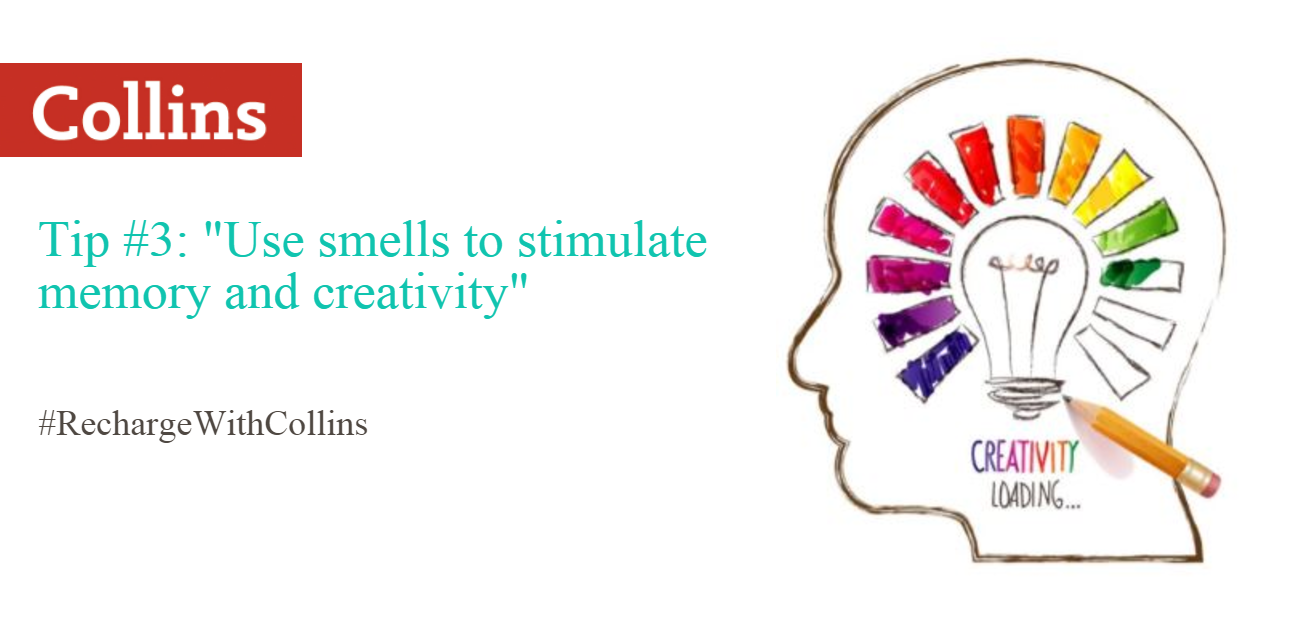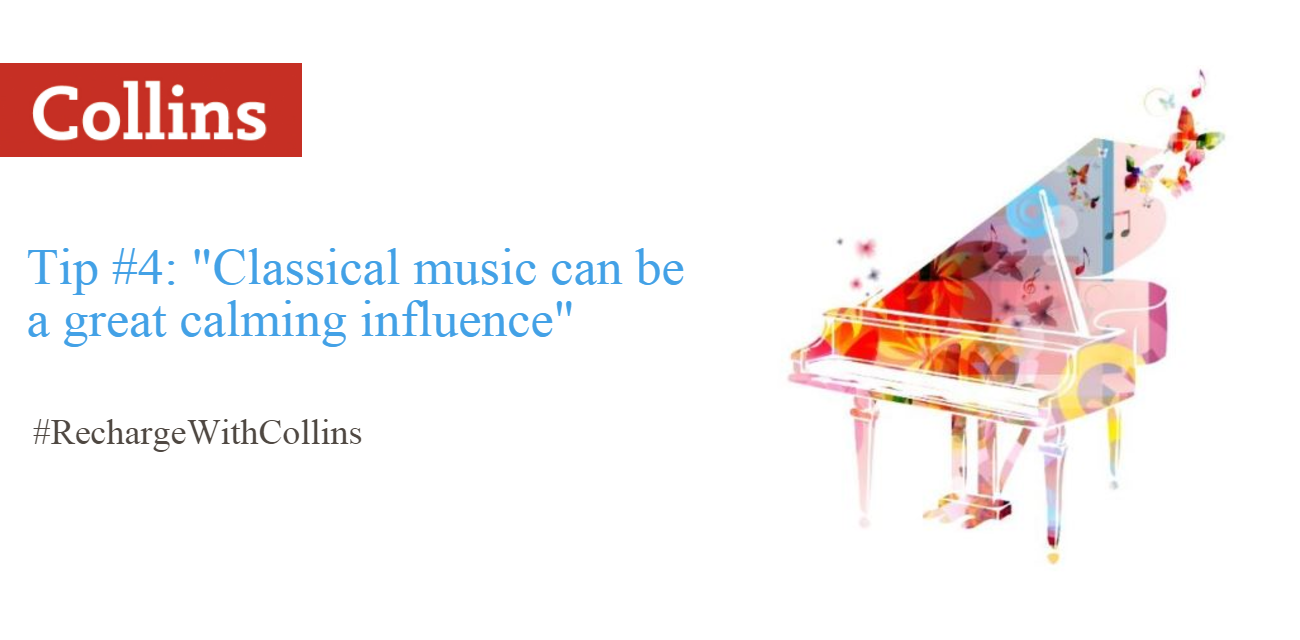The classroom, known in higher circles as the ‘learning environment’, like any environment has to be stimulating and full of elements that will help those in it to thrive. With the new school year on the horizon, now’s the time to think about how you can make your classroom a stimulating and varied environment which will promote not just direct learning from what you teach the pupils but also indirect, sometimes subliminal, learning that comes from just using our senses.
To help you create such an environment, here are our ‘Top Ten Tips’ for a terrific classroom:
-
Quotes and Questions
Much as we’d like to think so, pupils aren’t always focused on us, the teacher during lessons and so when their eyes and minds wander, give them something for their eyes to wander to and their brains to think about. We love inspirational quotes like Einstein’s ‘The person who never made a mistake, never tried anything new’ or Edison’s ‘Genius is 99% perspiration and 1% inspiration’. Paste them to your classroom wall, or even paint them onto the wall and after they’ve been there a couple of days, take some time to talk about them.
Equally, posing questions in the same way allows plenty of time for thinking leading to richer discussions. The questions can be topic based or random, simply to generate discussion. You could even have as a quote, part of Kipling’s ‘Six Honest Serving Men’ which talks about the main question words.
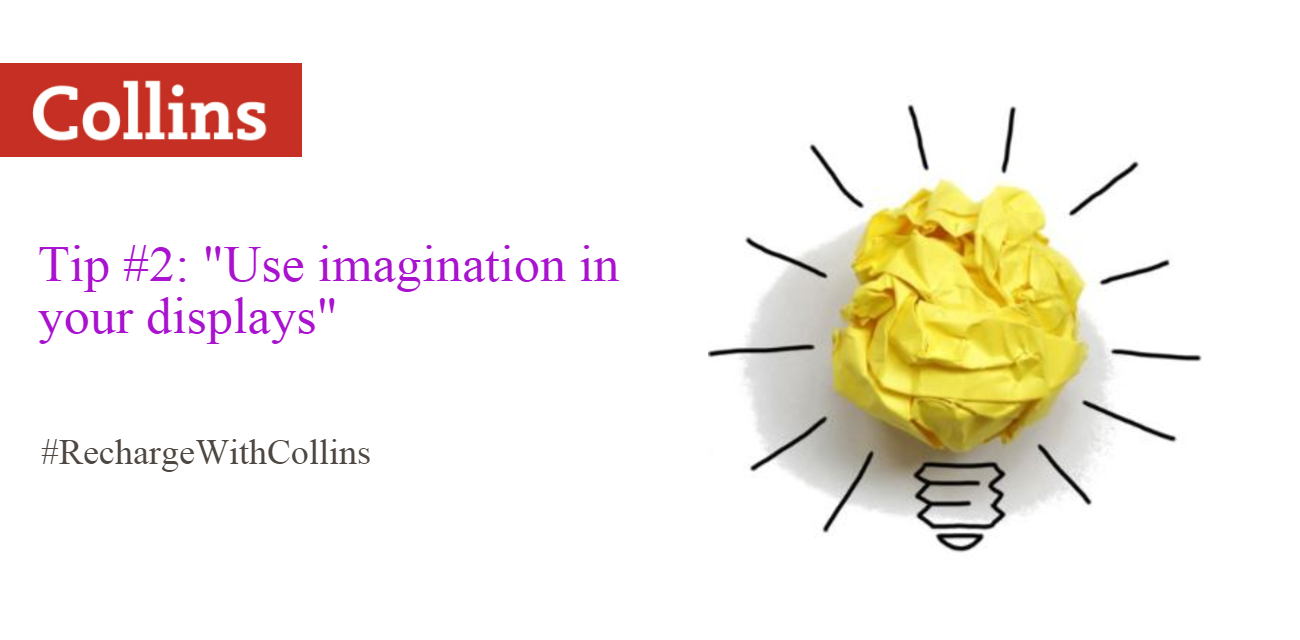
-
Use Imagination in Your Displays
Spice up your displays a little by bring more of the senses into play. Begin by trying to make them multi-dimensional. Don’t just staple work flat to the wall, lift some of it away from the wall, hang things from the ceiling in front of it. Where appropriate, use textures for touch or things that smell. If the setting for a story is a forest, bring in pine cones for texture and smell, perhaps freshly cut grass for a story in a field or a garden. You may have to keep an eye out for allergies though but it all adds another dimension. For sound, use the recording blocks that nearly every educational supplier sells. Record animal noises, the sounds of a factory or a battle, depending on the topic, and encourage this interaction with the display. Finally, pose written or spoken questions about the display to make the person think about what it is they’re experiencing.
-
Smells
There’s been plenty of research over how smells can stimulate the mind, both for memory and creativity. Again being wary of allergies, try lemon zest and herbs such as rosemary which is good for memory. Especially during assessment, have bowls of crushed lemon and rosemary around the class – it is also a great natural air freshener for what can sometimes be smelly classrooms on wet days. For creative writing have the smell of cakes, hot bread, coffee, pizza, chocolate etc depending on the theme. Use them as story starters in the way we might use pictures or objects.
-
Music
At appropriate times, have suitable music playing. A little like we do in music lessons sometimes, play a piece and ask the children how it makes them feel or what they think of. Quiet classical music can be a great calming influence on the class but also stimulates thinking.
-
Discovery centres
Resources in the science cupboard, the history store or the geography box are doing nothing. Bring them out into the daylight and have mini discovery centres in your classroom. Just lay out lenses with some questions such as ‘What happens to light when it passes through a prism’ or activities such as ‘Draw the world as you see it through a convex lens’. Leave historical artefacts on display with questions like ‘Would you eat with it, fight with it or wear it? Even a globe or some maps with questions like ‘Which countries are next to Hungary?’ Have a formicary or a wormery in class, perhaps some goldfish or sow the seeds of quick growing plants like cress or radish and watch the changes. Be brave and have a ‘mushroom block’ and see how fungi develop.
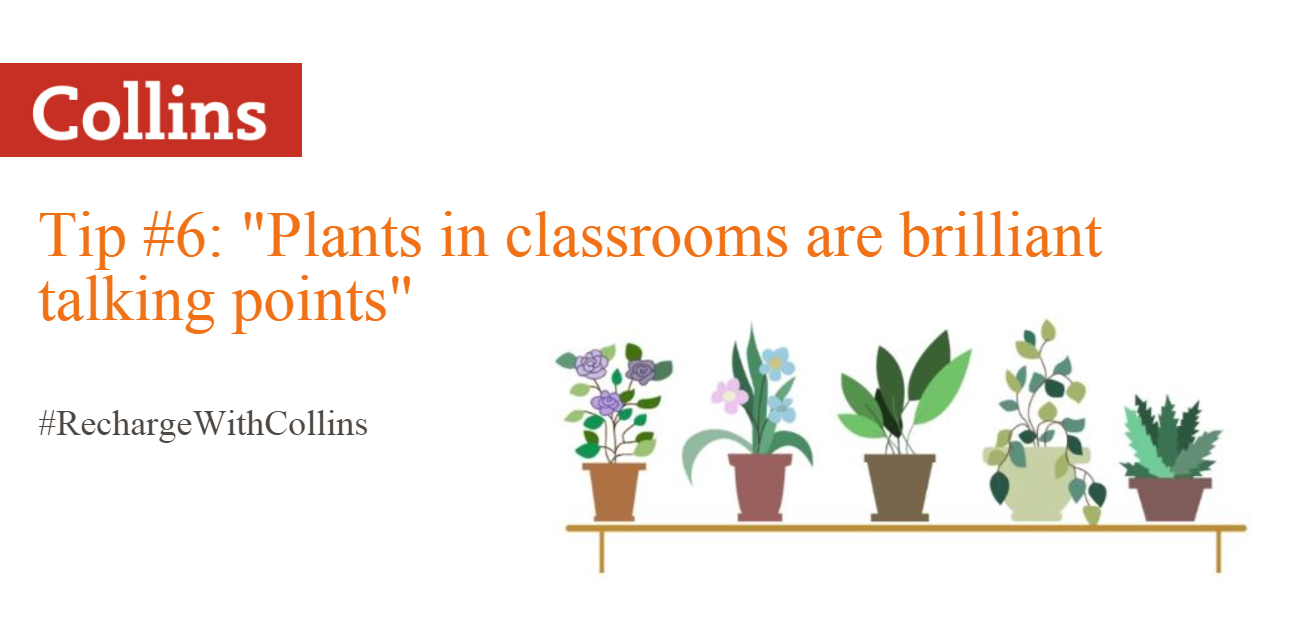
-
Grow!
Plants in classrooms are great for breathing out energising oxygen, they’re also brilliant talking points if you grow different kinds – vines such as runner beans, spiky plants like cactus, flowering plants, insectivorous plants and more. Question cards on these can include comparing the differences and why the plants have the different characteristics. Pupils can grow their own plants at different times of year to see how they grow. Daffodils in winter, broad beans in spring, sunflowers and avocadoes in summer and hyacinths in autumn, ready for Christmas gifts.
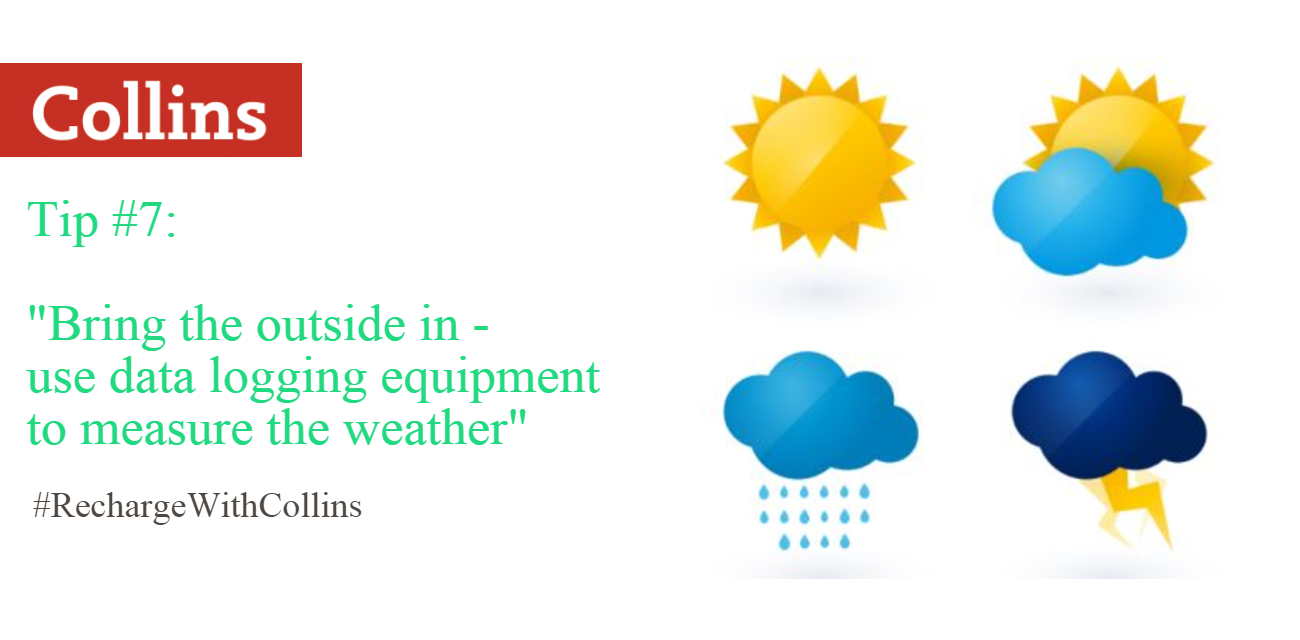
-
Bring the outside in
Well, not literally, but with bird feeders that stick to windows and data-logging equipment that will tell you how cold it is, how wet or how sunny it is and even carefully placed wireless, solar powered CCTV cameras which will beam nature directly to a screen that’s on all the time in the classroom. Connected to a hard drive and using infra-red cameras, you can even watch the previous night’s activity. Good ones are cameras in nesting boxes, by animal tunnels and tracks or watching over the school pond.
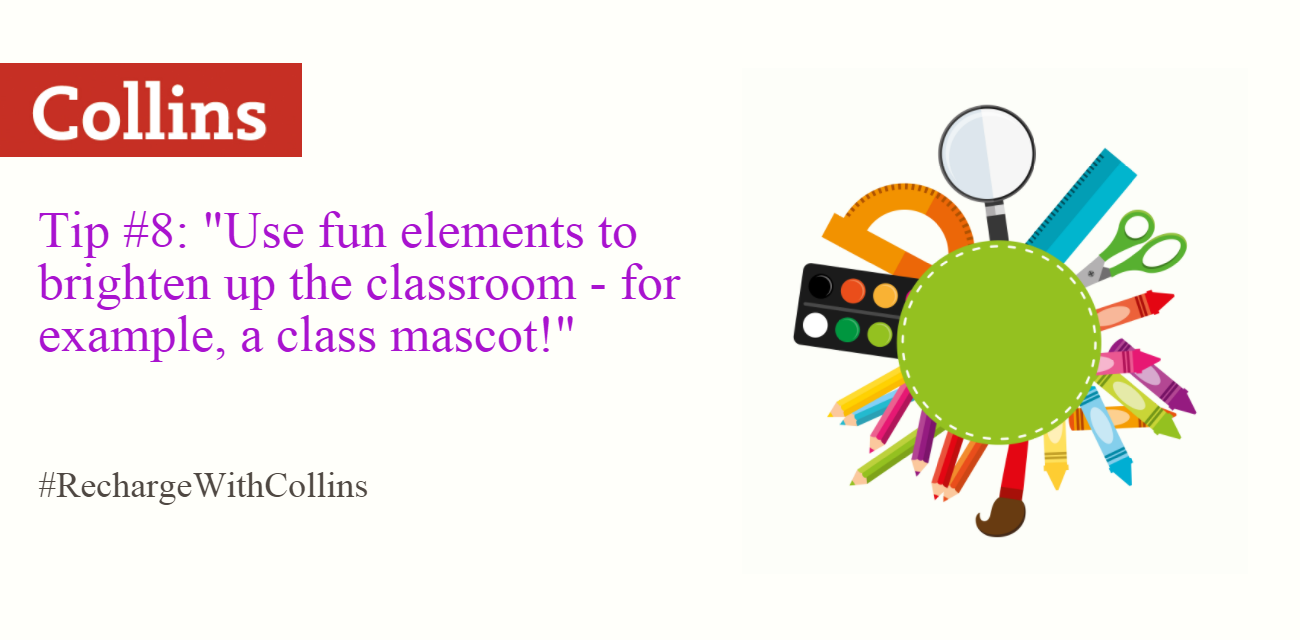
-
Fun elements
A quick and simple way to brighten up the class is to make the class equipment more appealing. Put a cardboard shark’s mouth over the pencil pots, stick the glue stick to a wall using Velcro, use caricatures of the pupils instead of their names on their trays or invent a class mascot which can then give encouragement through what the mascot says including ‘Please help me to keep this area tidy!

-
Funny stories
To add smiles and laughter to a classroom, start the day with a short funny story or poem. Get the pupils to bring in ones they like too. Put funny pictures up on a display and perhaps some jokes too. Within a short period, pupils’ smiles will brighten up your classroom just as easily as great displays do.
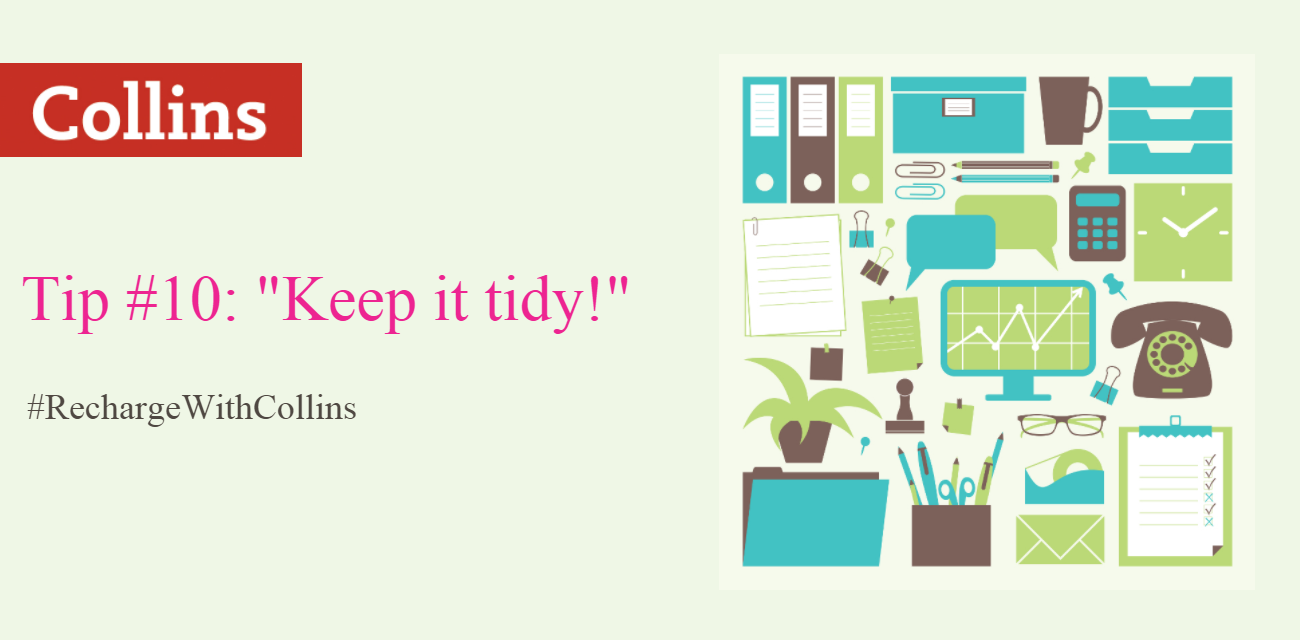
-
Keep it tidy
There’s the potential that all these ideas will add up to clutter and chaos so classroom tidiness will become more of a priority. It also puts the onus on you to change more things around for variety. Set areas for the different aspects of your new bright classroom help keep things tidy as well as allowing the pupils to know where everything is.


